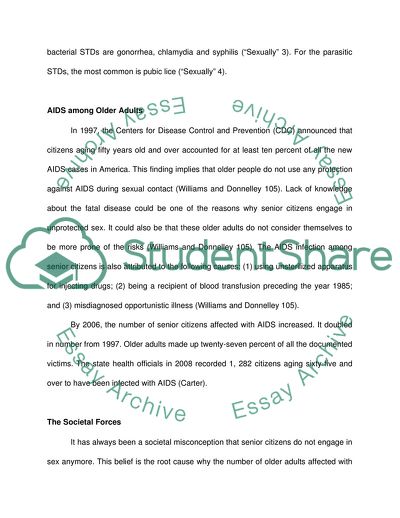Cite this document
(Sexually Transmitted Diseases amongst Senior Citizens Research Paper, n.d.)
Sexually Transmitted Diseases amongst Senior Citizens Research Paper. https://studentshare.org/social-science/1746728-sexually-transmitted-diseases-amongst-senior-citizens
Sexually Transmitted Diseases amongst Senior Citizens Research Paper. https://studentshare.org/social-science/1746728-sexually-transmitted-diseases-amongst-senior-citizens
(Sexually Transmitted Diseases Amongst Senior Citizens Research Paper)
Sexually Transmitted Diseases Amongst Senior Citizens Research Paper. https://studentshare.org/social-science/1746728-sexually-transmitted-diseases-amongst-senior-citizens.
Sexually Transmitted Diseases Amongst Senior Citizens Research Paper. https://studentshare.org/social-science/1746728-sexually-transmitted-diseases-amongst-senior-citizens.
“Sexually Transmitted Diseases Amongst Senior Citizens Research Paper”. https://studentshare.org/social-science/1746728-sexually-transmitted-diseases-amongst-senior-citizens.


